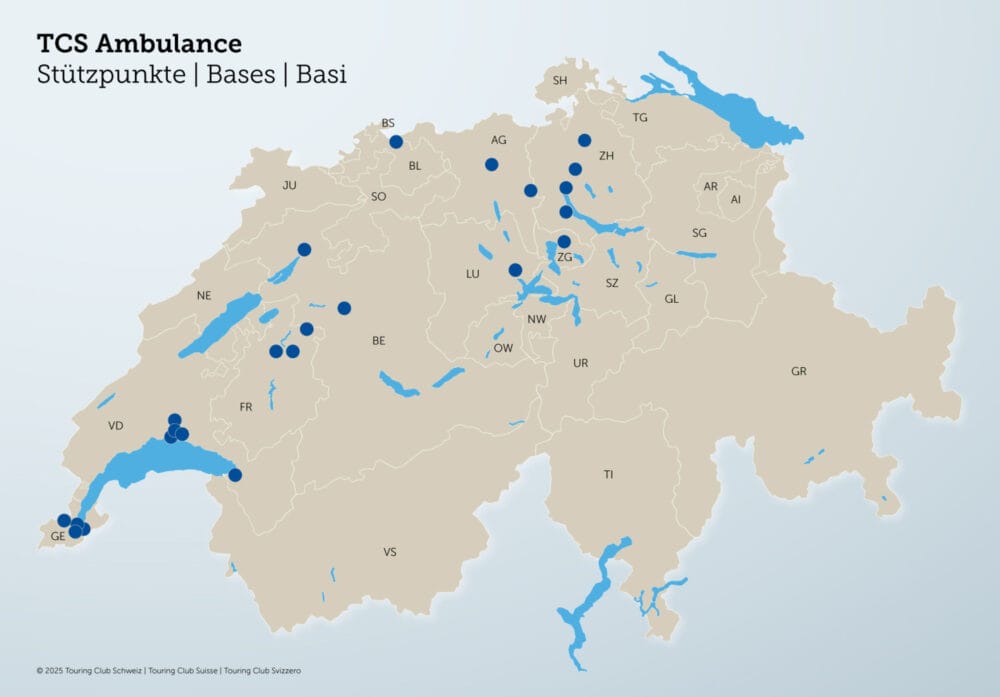Cycling policy under the microscope
Cycling is being promoted in many places in Switzerland, and the last referendum confirmed this development: Roads are being adapted, traffic rules changed. However, some measures also unintentionally increase the risk of accidents. In a new basic paper, the bfu (Swiss Council for Accident Prevention) discusses how a sensible promotion of cycling can also increase safety.

Promoting cycling is a sign of the times. In densely built-up, urban regions, it is a way to ensure mobility in the future. But more bicycle traffic also means more pressure on the authorities: They should provide adequate traffic infrastructure and adapt traffic rules in favor of cyclists. There is a wide range of solutions for this - but not all of them serve traffic safety, as the bfu has shown in its new basic paper holds.
Reduce risks at the same time as conveying
In the view of the bfu, the following bicycle promotion measures, among others, are positive for road safety, provided they are implemented according to the current state of the art:
- Cycle paths outside towns. However, if a bike lane only runs separately on one side of the road for reasons of space, connecting structures are needed for those cyclists who have to switch to the opposite side of the road at the end of the bike lane. It makes sense to have protective islands in the middle of the road so that the road can be crossed in two stages.
- Structural left turn aids. Protective islands in the middle of the road allow cyclists to complete the often risky left turn in two stages and make a safety stop.
- Red bike lane sections. In complex, busy intersection areas, accidents can be reduced if bike lanes are colored red - this is what research results show.
As critical for the Road safety For example, the bfu assesses the following promotional measures:
- Bicycle lanes in 30 km/h zones. The cities of Basel, Bern, Lucerne, St. Gallen, and Zurich have tested this concept; the bfu does not consider it to be effective. Among other things, it is dangerous that the right of way should not apply where a bicycle lane is signaled. Unfamiliar right-of-way regulations are risky from the point of view of accident prevention.
- Allow right turns on red for bicycles in general. Although a two-year pilot test in the canton of Basel-Stadt came to the conclusion that this new regulation would not have any serious negative effects. However, the study has shortcomings, which is why the bfu continues to advocate turning right on red only under certain conditions.
- General release of one-way streets for two-way traffic. It is possible to open one-way streets for bicycles in both directions. However, the bfu only supports this in individual cases, for example if there is enough space and the start and end points are well designed.
Text: bfu









